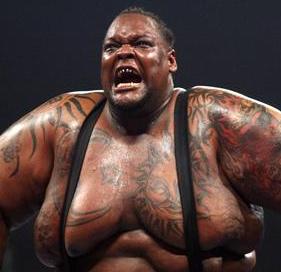Breast lump
Jump to navigation
Jump to search
Definition
A lump in the breast
Epidemiology
Very common. Approximately 85% of them are benign breast disease.
Advice
- Know what is normal for you.
- Look and feel.
- Know what changes to look for.
- Report any changes without delay!
- Attend for breast screening if you are aged 50 or over
Clinical and Associated Features
- A lump or thickening in the breast (obviously)
- A change in the size or shape of a breast
- Skin dimpling
- Nipple changes, especially if there is retraction or inversion (sort of gets sucked inwards or turned inside out).
- Bloody discharge.
- A rash on a nipple or surrounding area.
- A swelling or lump in the armpit
Differential Diagnosis
Benign causes (see the benign breast disease page.)
- Fibrocystic breast disease - benign growth abnormality of the breast, causing lumpiness and tenderness. It is very common in pre-menopausal women, and is often more pronounced around the time of menstruation.
- Fibroadenoma - a small tumour (growth) in the breast. They often develop in adolescent women and those in their early twenties, but can occur at any age. These lumps are benign and are not associated with an increased risk of breast cancer.
- Cysts - A cyst is a fluid filled lump. Breast cysts are most common in pre-menopausal women, who are between 40-55 years of age, and those who take hormone replacement therapy (HRT) at any age. They are usually benign and can usually be drained with a needle.
- Fat necrosis - Fat necrosis is a hard irregular lump, which is often caused by trauma. They usually disappear spontaneously.
- Lipoma - A lipoma is a fatty growth which causes a lump that changes the shape of the breast. It requires no treatment.
Malignant causes (see the breast cancer page).
- Ductal carcinoma - this effects the epithelial lining of the ducts. Hence, ductal. Cancer people are pretty good at naming stuff.
- Lobular carcinoma - the effects the epithelial lining of the terminal ducts and lobules (found at the end of the ducts. It's where the milk is made).
Investigations
- Mammography - essentially, a breast X-ray which can quite painful as the picture on the right shows. It is good for less dense breast tissue i.e. older breast, particularly after the menopause. This is why the screening programme isn't as effective in younger women an is thus limited to 50-70 year olds.
- Ultrasound Scan (USS) - this is good for denser breast tissue i.e. what is generally found in young women. Often, it is more diagnostically useful than mammography.
Management
It's pretty obvious, you either do nothing, or you take the lump out!
